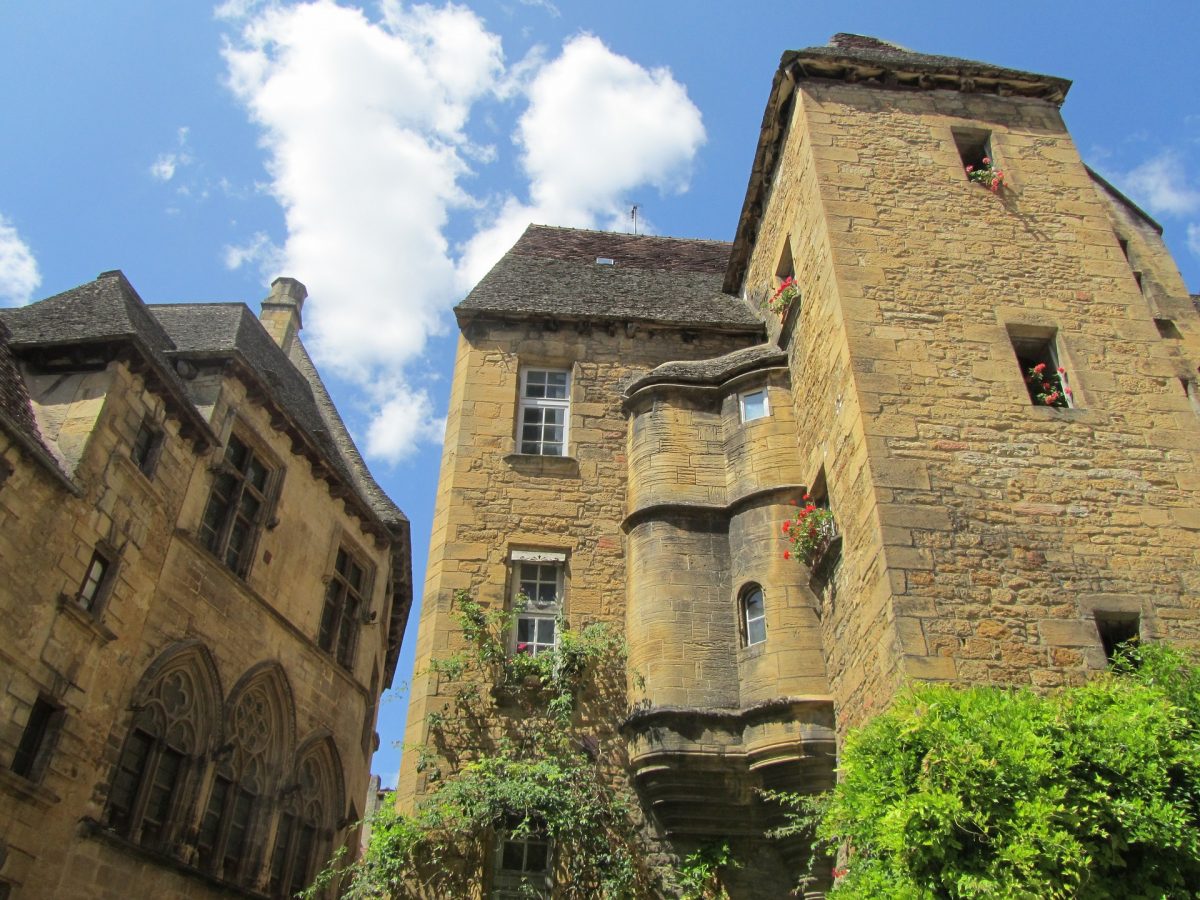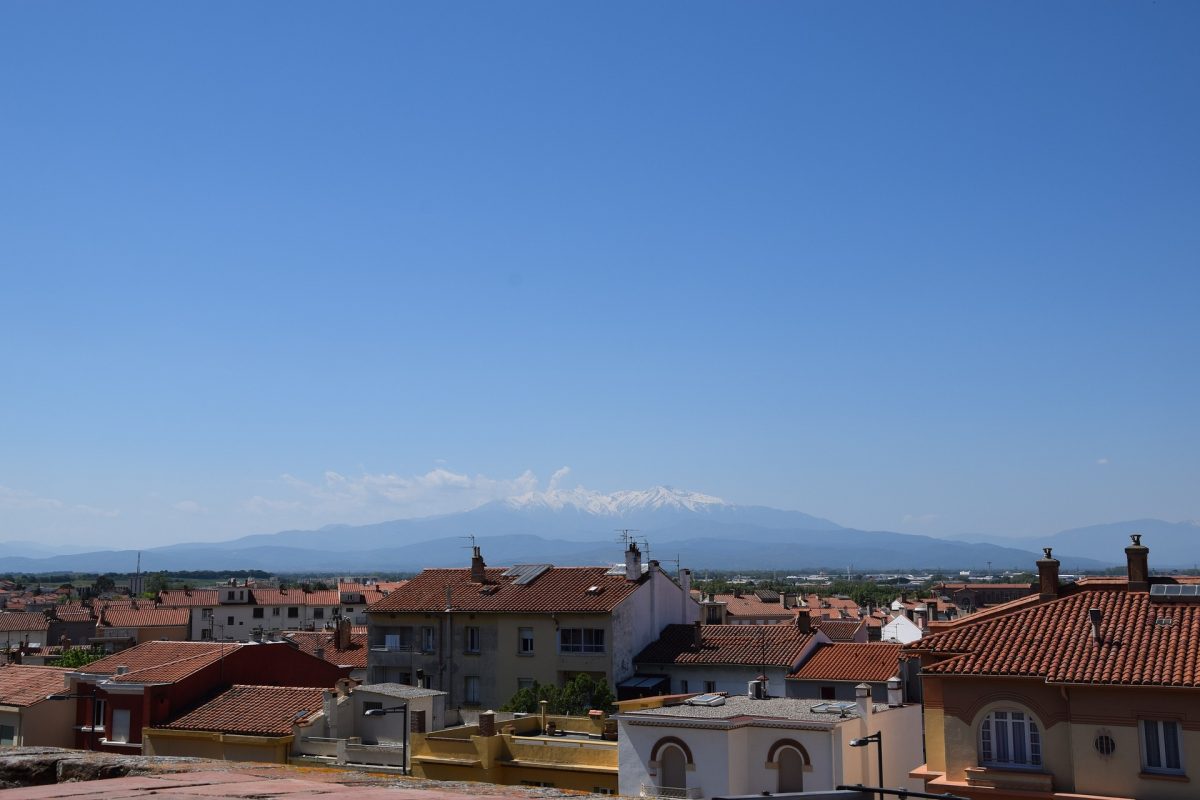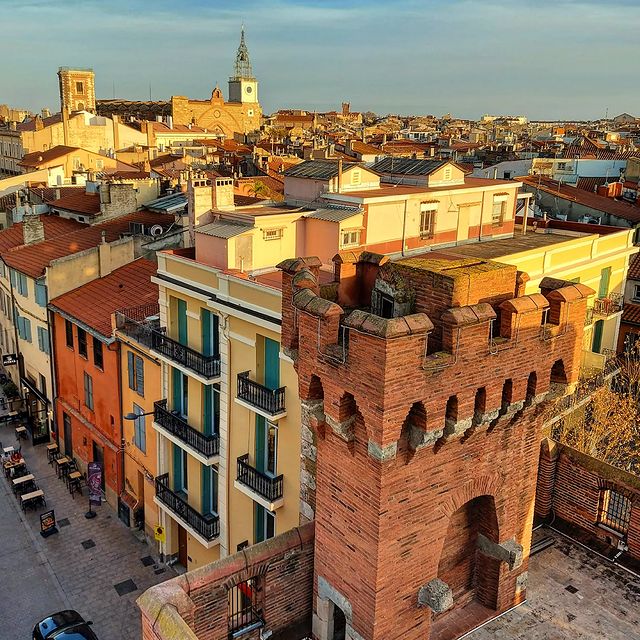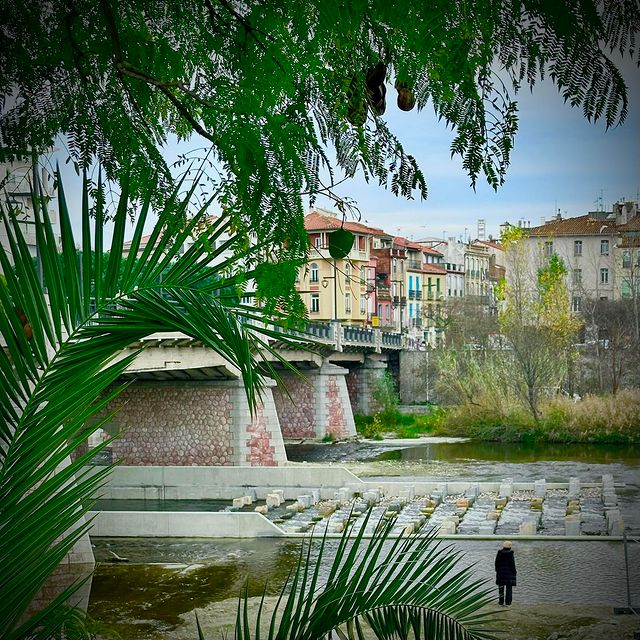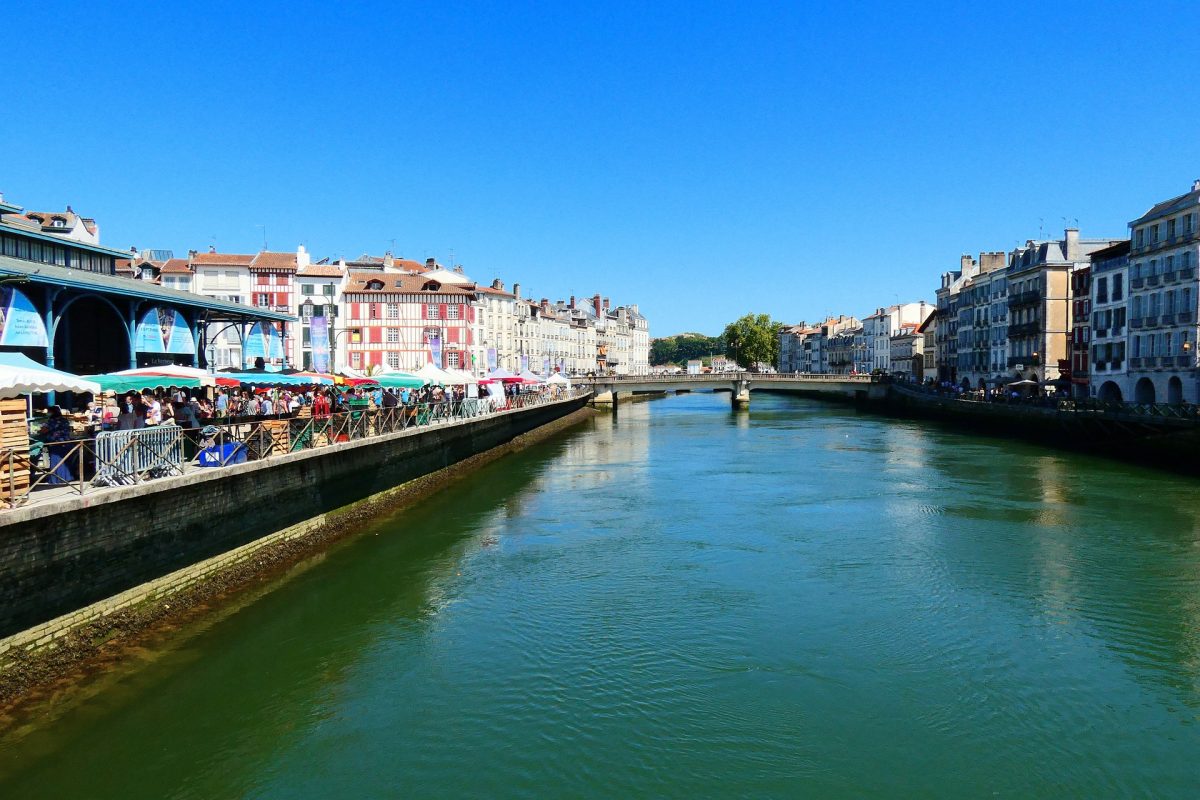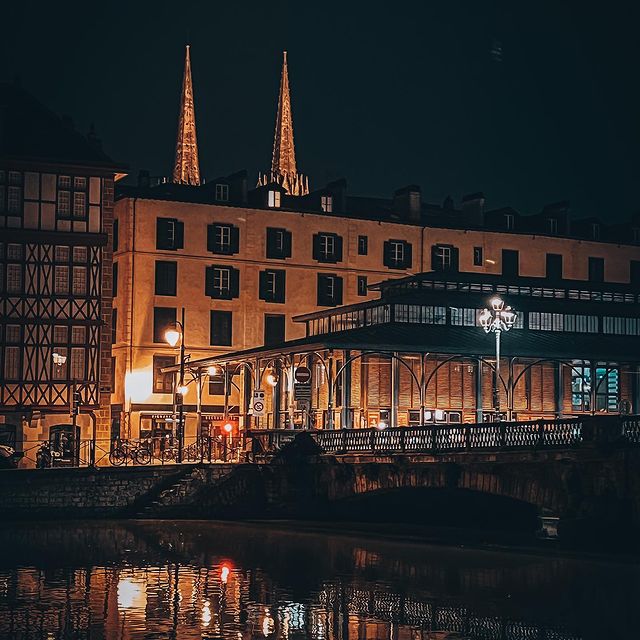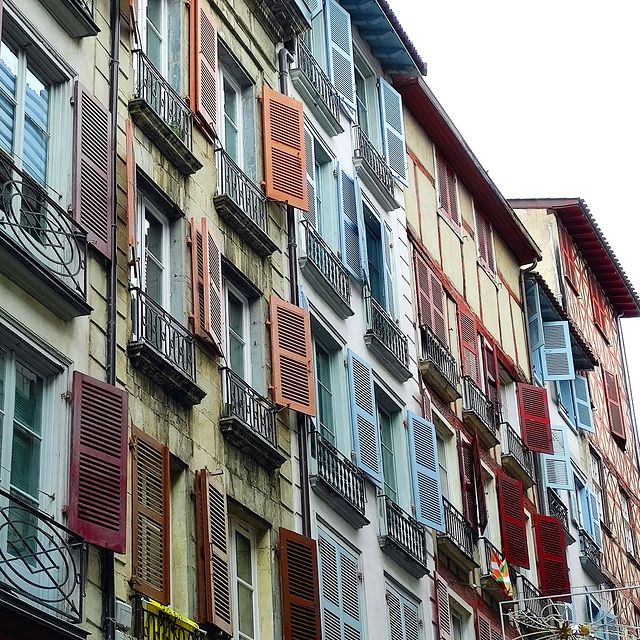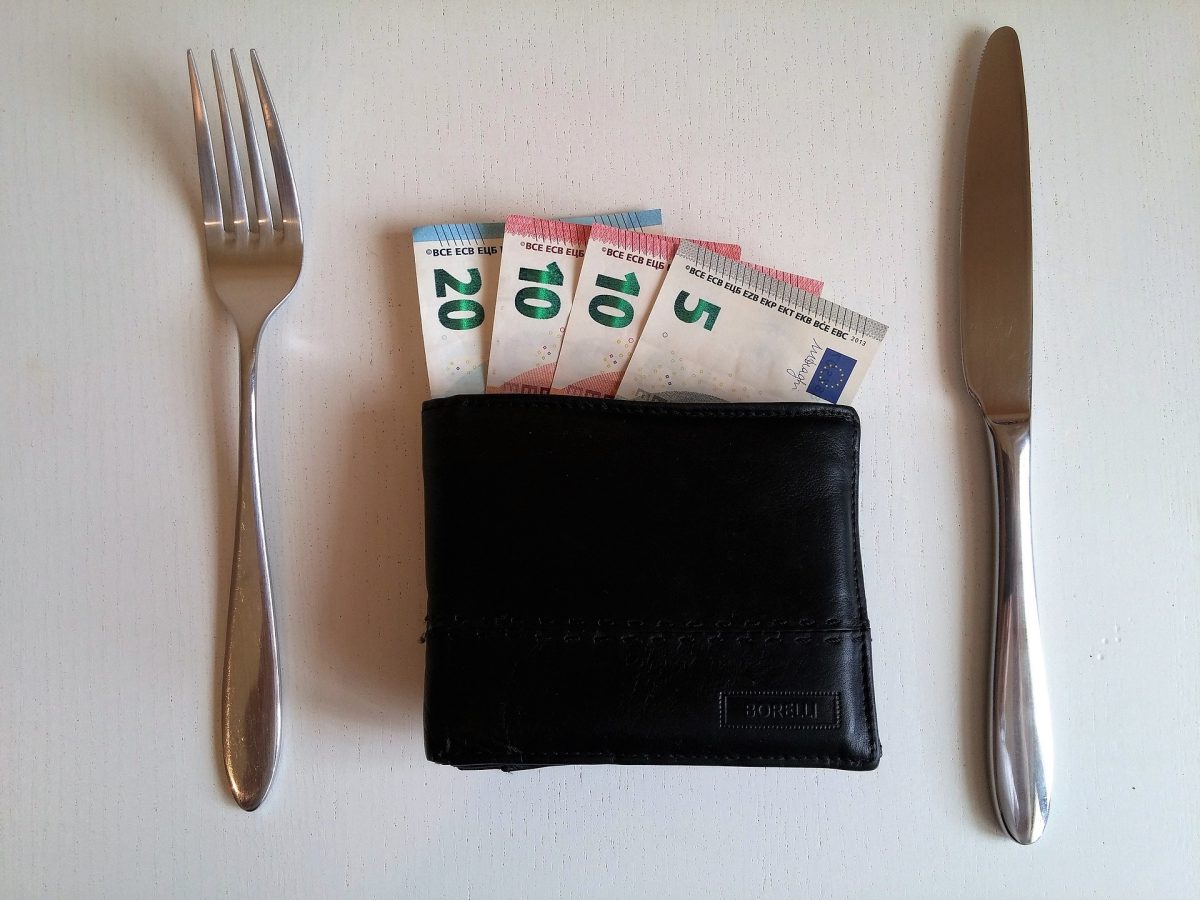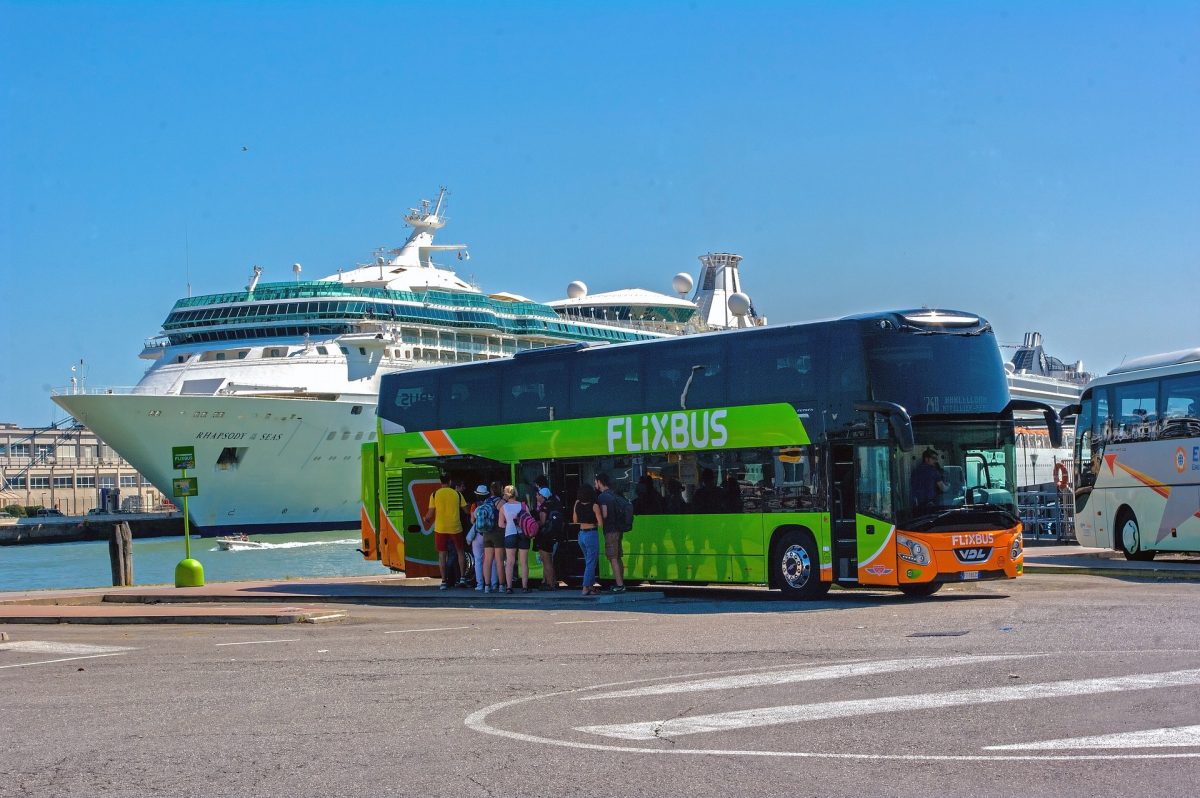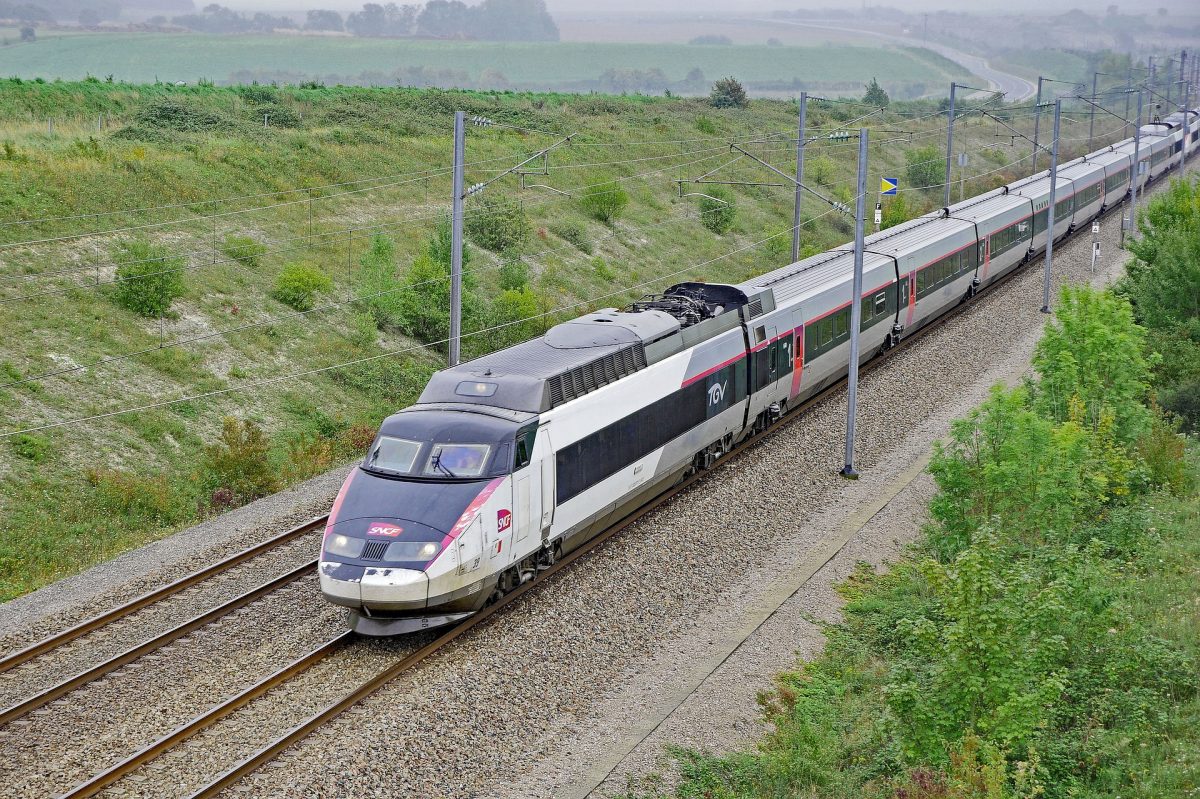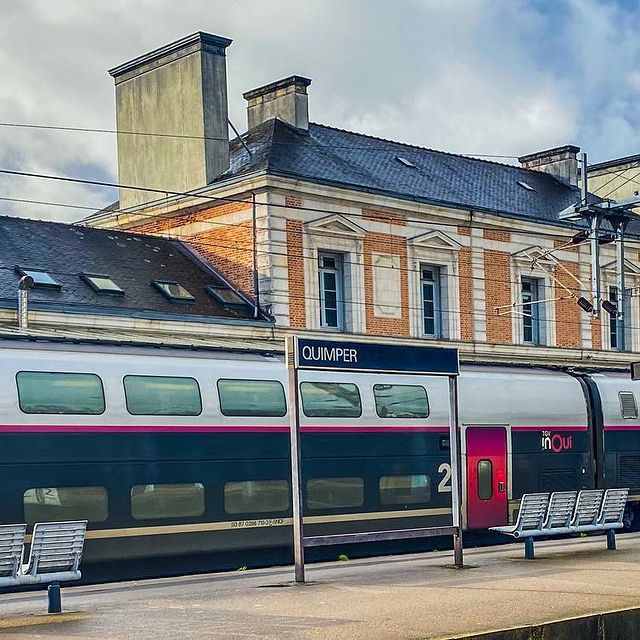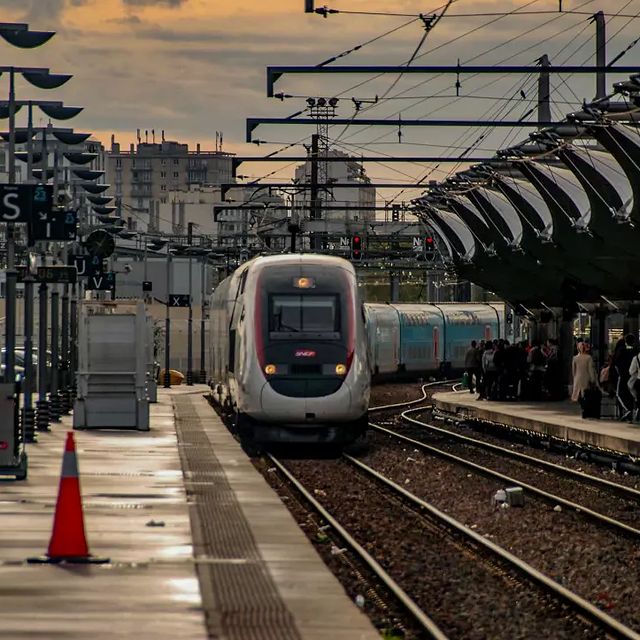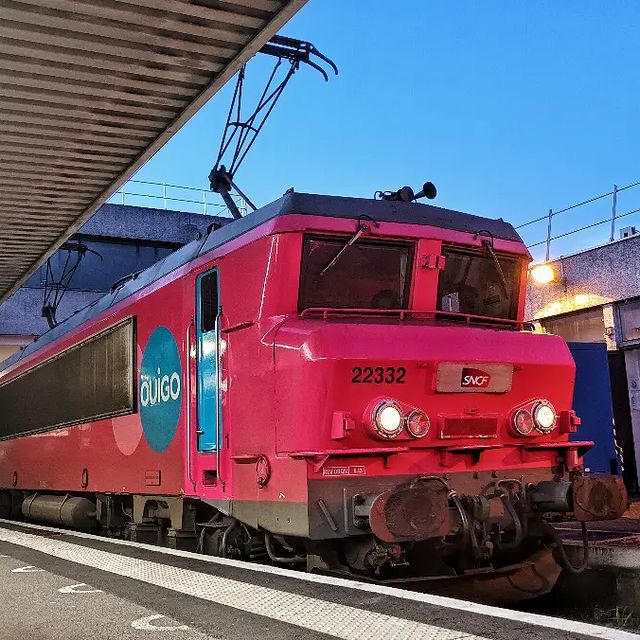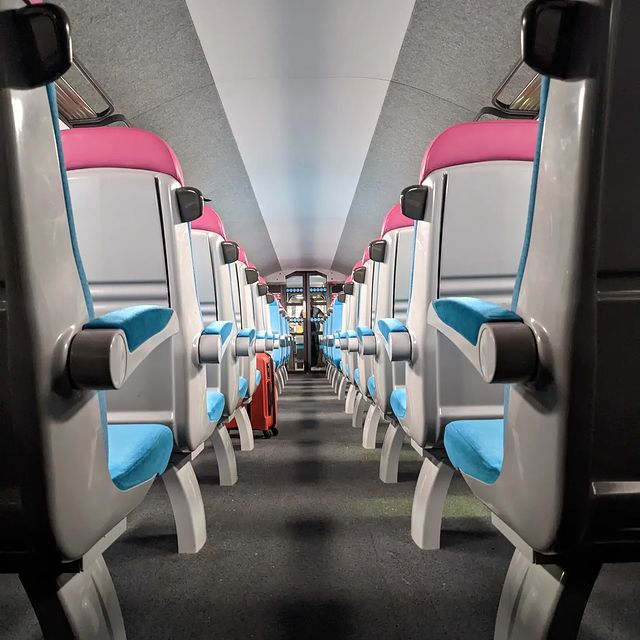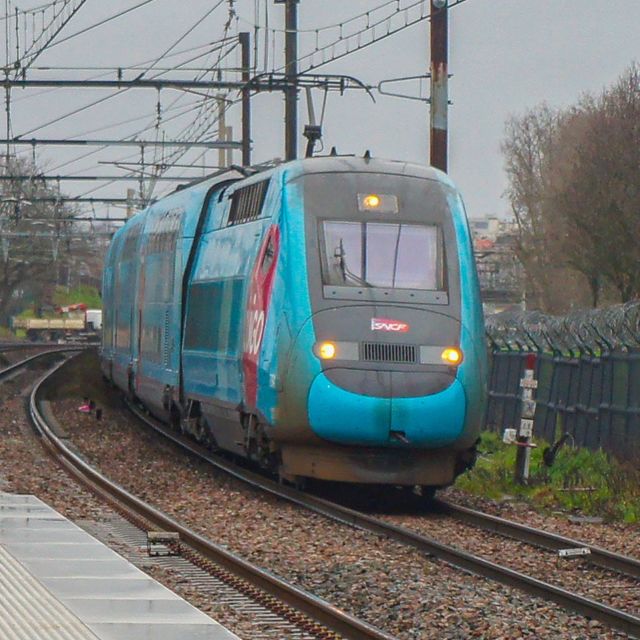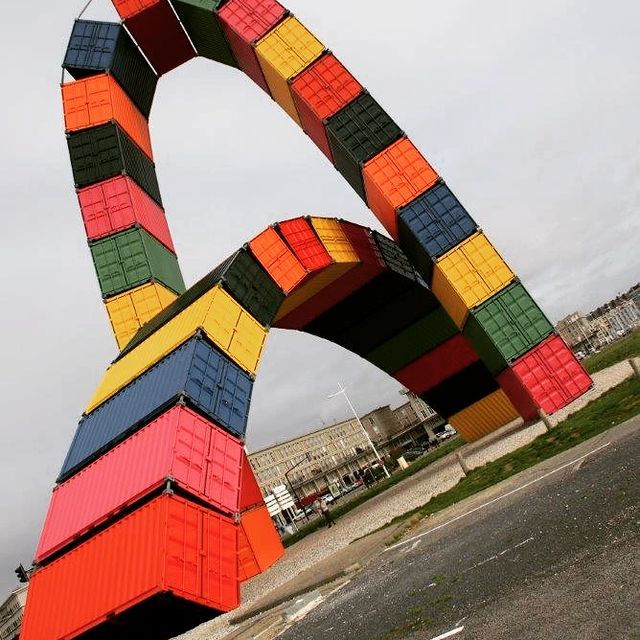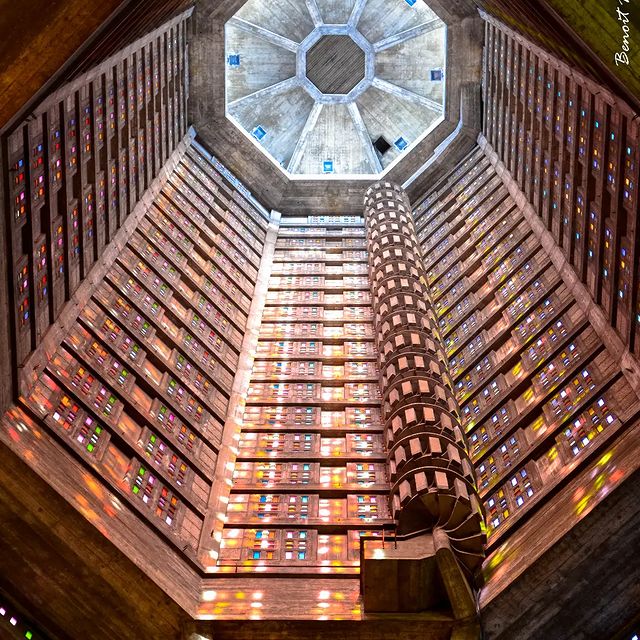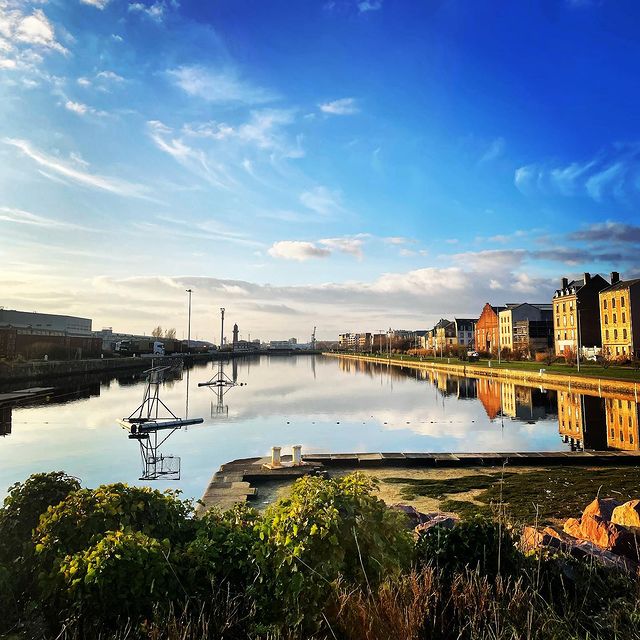Sarlat-la-Canéda is a beautiful town located in the heart of the Dordogne region of southwestern France. With its rich history, stunning architecture, and stunning natural scenery, Sarlat-la-Canéda is a must-visit destination for those seeking a relaxed and charming getaway. Here’s a guide for a weekend in Sarlat-la-Canéda:
Day 1
- Explore the town’s historical center: Start your day by exploring the charming streets of Sarlat-la-Canéda’s old town, which is a UNESCO World Heritage Site. Admire the stunning architecture of the town’s historic buildings and admire the various architectural styles, including Gothic, Renaissance, and Romanesque.
- Visit the Sarlat-la-Canéda Market: In the morning, take a stroll through the bustling Sarlat-la-Canéda market, where you’ll find a variety of local produce, artisanal cheeses, and other specialties.
- Visit the Sarlat-la-Canéda Museum: Next, head to the Sarlat-la-Canéda Museum, which showcases the history of the town and the surrounding area. The museum is housed in an impressive Renaissance building and is an excellent place to learn about the region’s rich heritage.
- Explore the caves of Lascaux: In the afternoon, take a short drive to the caves of Lascaux, one of the world’s most important prehistoric art sites. The caves are home to over 600 wall paintings and drawings, which offer a fascinating glimpse into the world of the prehistoric people who lived in the area.
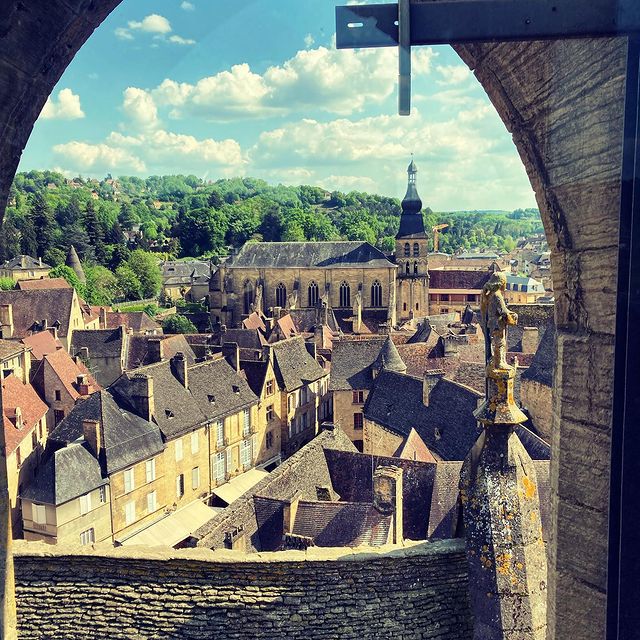
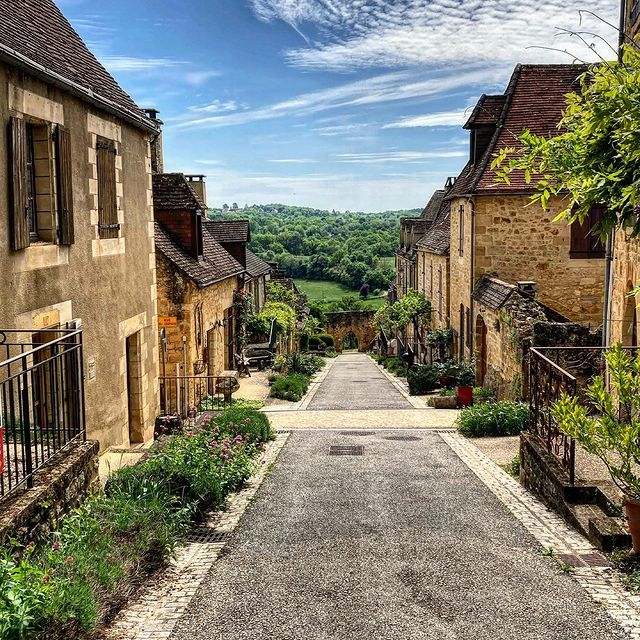
The Lascaux caves
The Lascaux caves are a series of prehistoric caves located near the town of Sarlat-la-Canéda in southwestern France. The caves contain some of the earliest known examples of prehistoric art, dating back over 15,000 years. The original caves were discovered in 1940 by a group of local teenagers, and since then, the caves have become a major tourist attraction, drawing visitors from around the world to see their remarkable paintings and other works of art.
Today, visitors to the Lascaux caves can explore a replica of the caves, which was created using exact replicas of the original art and other features of the caves. The replica offers visitors an opportunity to experience the unique beauty and historical significance of the original caves, while also preserving the delicate and fragile ecosystem of the original site.
Whether you’re an art lover, a history buff, or simply someone who appreciates the beauty of the natural world, a visit to the Lascaux caves is sure to be a memorable experience. So if you’re planning a trip to Sarlat-la-Canéda, make sure to include a visit to this incredible site on your itinerary!
More : https://www.lascaux.fr
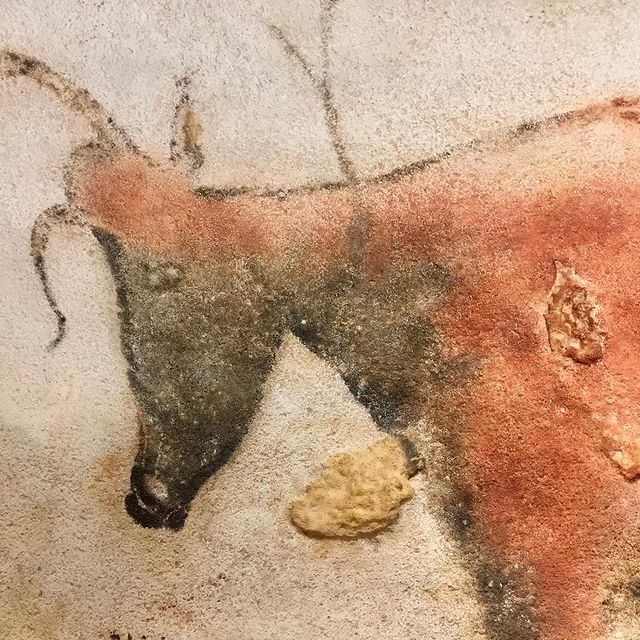
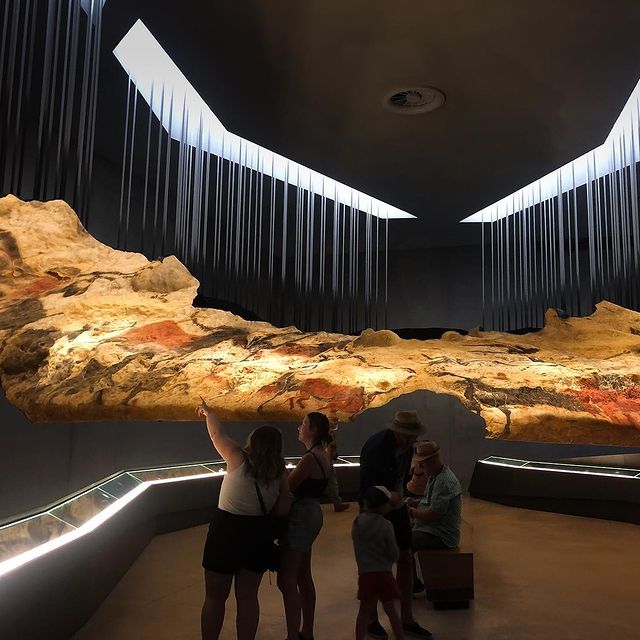
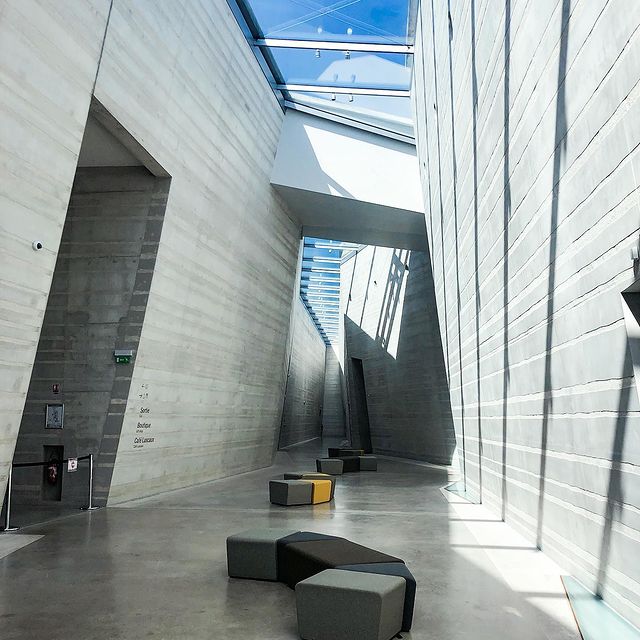
Day 2
- Visit the Domme: Start your day with a visit to the town of Domme, which is located just a short drive from Sarlat-la-Canéda. Domme is a charming hilltop town that offers stunning views of the surrounding countryside and is home to several historic buildings and monuments.
- Take a scenic drive: After your visit to Domme, take a scenic drive through the Dordogne region, which is known for its rolling hills, dense forests, and charming villages. Along the way, stop to admire the stunning views and take in the peaceful countryside.
- Visit the Château de Beynac: In the afternoon, visit the Château de Beynac, a magnificent medieval castle that is located just a short drive from Sarlat-la-Canéda. The castle offers breathtaking views of the surrounding countryside and is an excellent place to learn about the history of the region.
- Enjoy a gourmet dinner: After a busy day of exploring, unwind with a delicious dinner at one of Sarlat-la-Canéda’s many excellent restaurants. The town is famous for its rich and flavorful cuisine, which is made with local ingredients and traditional recipes.
This is just a brief guide for a weekend in Sarlat-la-Canéda. Whether you’re interested in history, culture, or natural beauty, there is something for everyone in this charming town.

